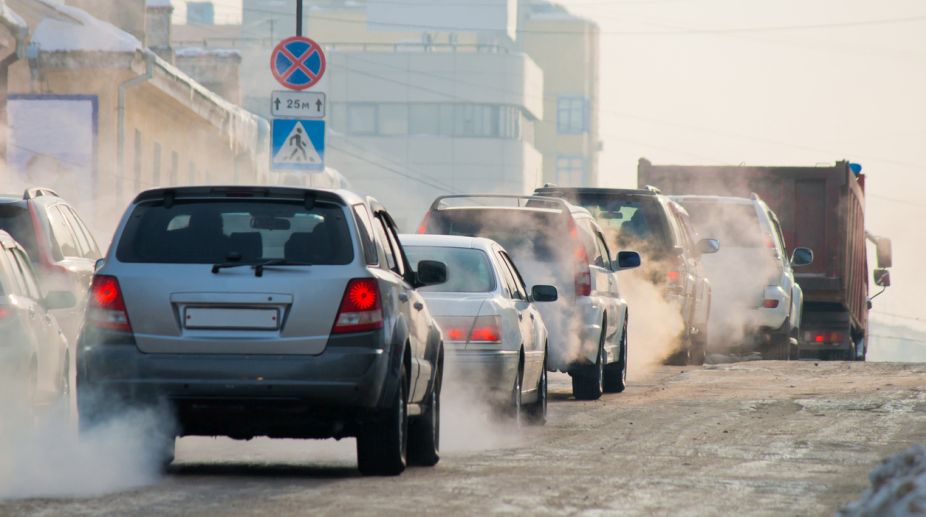The levels of harmful pollutants inside car cabins during rush hour commutes may be twice as high as previously believed, a study has warned.
Researchers, including those from Duke University in the US, found that the pollution contained twice the amount of chemicals that cause oxidative stress, which is thought to be involved in many diseases including respiratory and heart diseases, cancer and some types of neurodegenerative disorders.
Advertisement
The team noted that most traffic pollution sensors are placed on the ground alongside the road and take continuous samples for a 24-hour period.
However, exhaust composition changes rapidly enough for drivers to experience different conditions inside their vehicles than these roadside sensors.
Long-term sampling also misses nuanced variabilities caused by road congestion and environmental conditions, researchers said.
To explore what drivers are actually exposed to during rush hour, researchers strapped specially designed sampling devices into the passenger seats of cars during morning rush hour commutes in downtown Atlanta in the US.
The devices detected up to twice as much particulate matter as the roadside sensors.
“We found that people are likely getting a double whammy of exposure in terms of health during rush-hour commutes,” said Michael Bergin, professor at Duke.
“If these chemicals are as bad for people as many researchers believe, then commuters should seriously be rethinking their driving habits,” Bergin said.
For the experiment, Roby Greenwald, a research assistant professor at Emory University, built a sampling device that draws in air at a similar rate to human lungs to provide detectable levels of pollution.
The device was then secured to the passenger seats of more than 30 different cars as they completed more than 60 rush hour commutes.
Some drivers took highway routes while others stuck to busy thoroughfares in downtown Atlanta. While other details like speed and having windows rolled down varied, all of the sampling found more risk in air exposure than previous studies conducted with roadside sampling devices.
“There are a lot of reasons an in-car air sample would find higher levels of certain kinds of air pollution,” said Heidi Vreeland, first author of the research published in the journal Atmospheric Environment.
“The chemical composition of exhaust changes very quickly, even in the space of just a few feet. And morning sun heats the roadways, which causes an updraft that brings more pollution higher into the air,” said Vreeland.
Reactive oxygen species found by this study can cause the body to produce chemicals to deal with the reactive oxygen, researchers said.
Particulate matter causes the same response. In combination, the exposure triggers an overreaction that can be destructive to healthy cells and DNA, they said.











